Michael Küffmeier (Carlsberg reintegration fellow)
Multi-scale modelling of embedded disks
Sigurd Jensen, Jaime Pineda, Paola Caselli (MPE), Christian G. Holm, Troels Haugbølle (NBI), Stefan Reißl, Kees Dullemond (ITA)


SU Aur
synthetic image
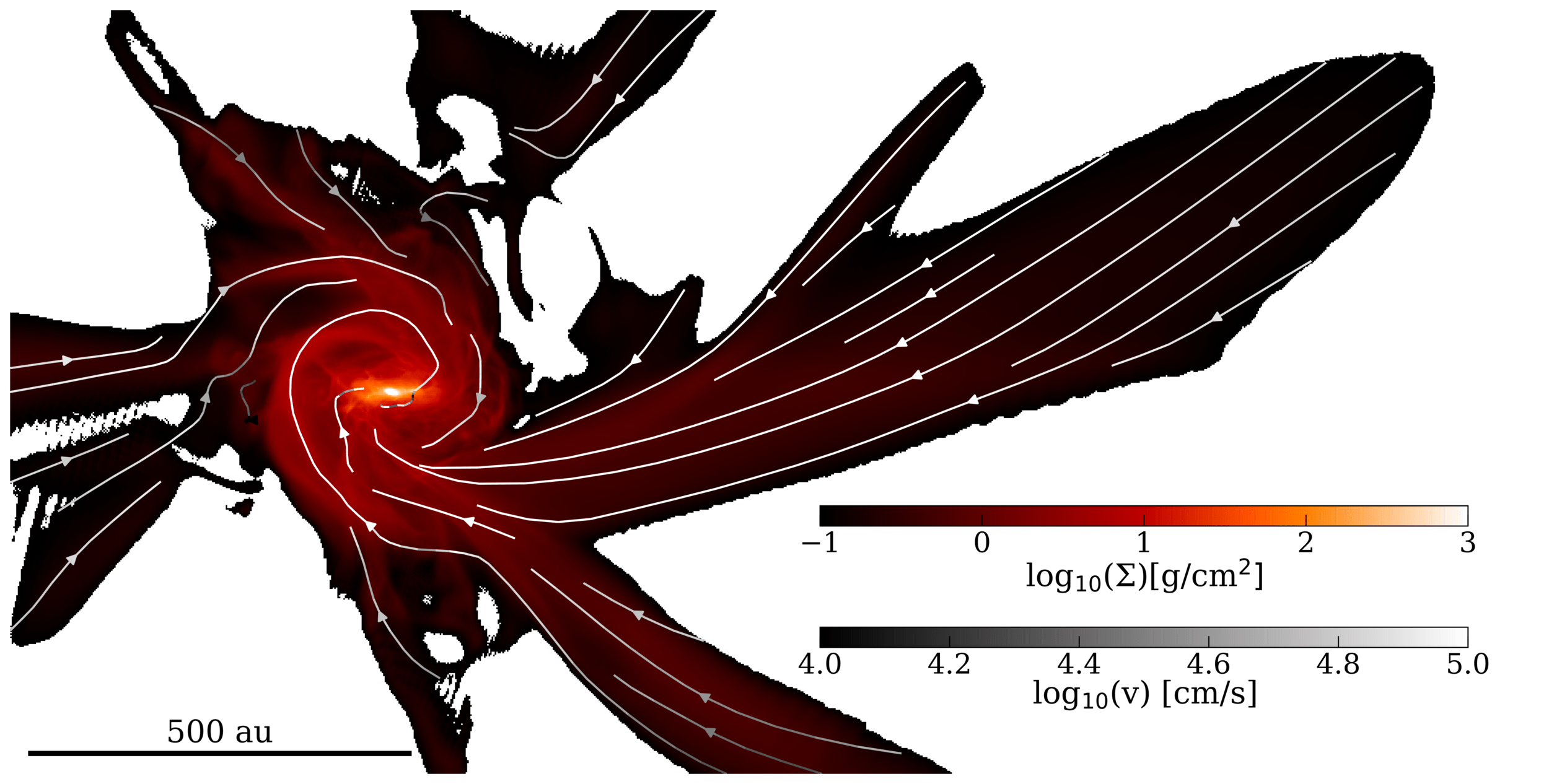
Credit: Christian Granzow Holm
Outline
Overview and history of star-disk formation
I
Revisiting star-disk formation from a Giant Molecular Cloud perspective
II
Open questions and preliminary results
IV
Summary
V
Implications of (late) infall
III
Overview and history of star-disk formation
Let's go back in time to the year 2014
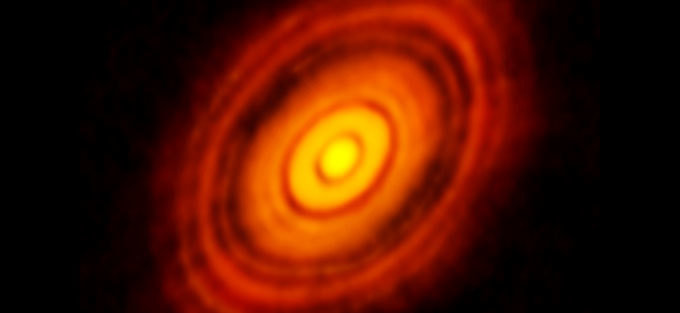
Wow!
Credit: ALMA (ESO/NAOJ/NRAO)
Credit:
DSHARP team

10 au
50 au
The classical picture
credit: M. Persson
star formation
planet formation

History of modeling disk formation
spherical core collapse:
rotation
magnetization (mass-to-flux ratio)
non-ideal MHD effects
dust evolution
turbulence
useful for parameter studies
Bonnor-Ebert sphere
or uniform density
History of modeling disk formation

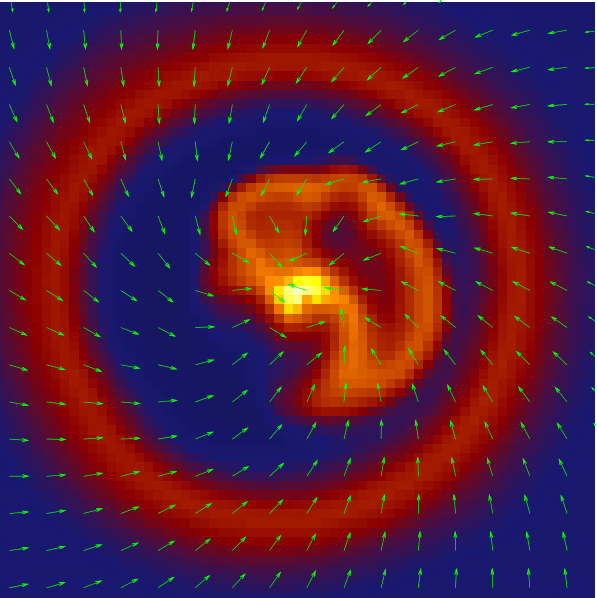

What about magnetic fields?
Help! Where is the disk?!
Santos-Lima et al. 2012
Hydro
ideal MHD
Magnetic braking catastrophe
Angular momentum is transported too efficiently away from the disk
magnetohydrodynamics
ideal MHD
Ohmic dissipation
Hall
ambipolar diffusion
Non-ideal
Non-ideal MHD
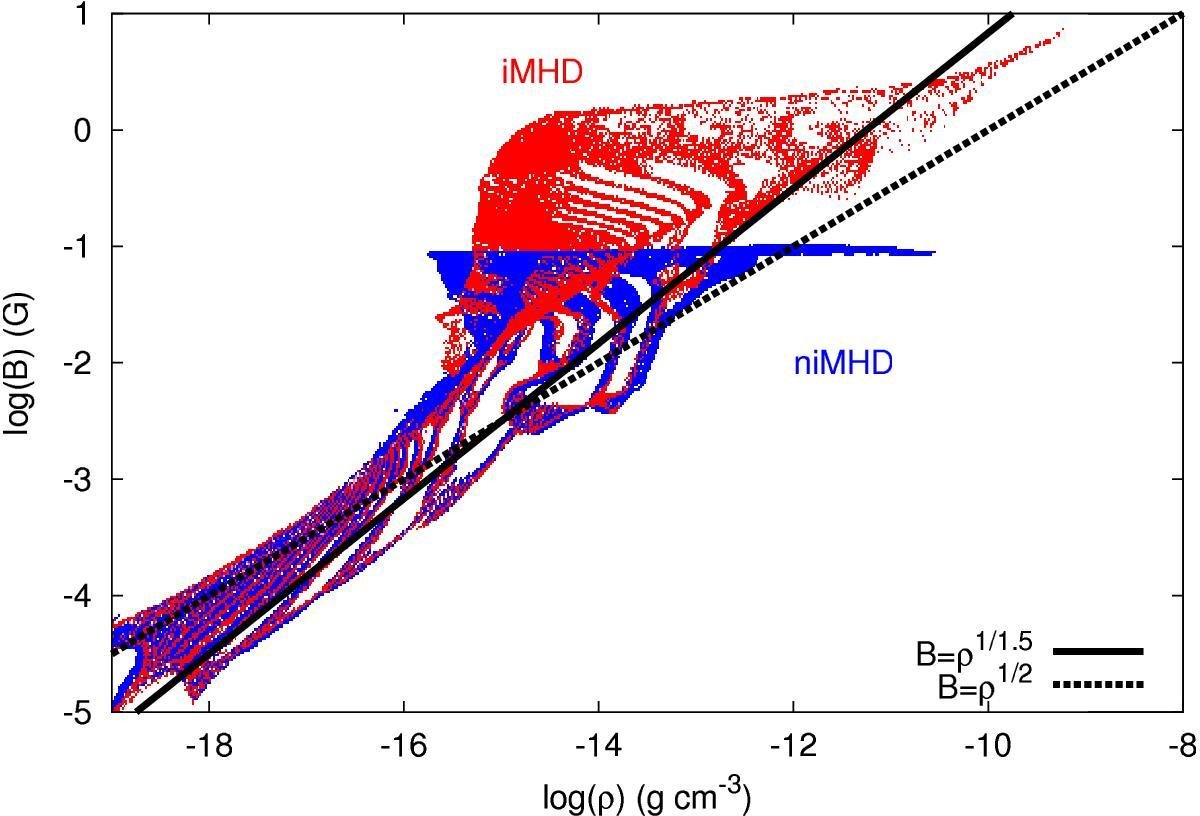
Masson et al. 2016
resistivities quench pile-up of magnetic field
avoids magnetic braking catastrophe
see Hennebelle et al. 2016 or Lee et al. 2021 for analytical studies
more references in reviews by Wurster & Li 2018 and Tsukamoto et al. 2023
Effect of ionization on disk size
increasing ionization rate
enhanced magnetic braking
smaller disks
Küffmeier, Zhao & Caselli 2020
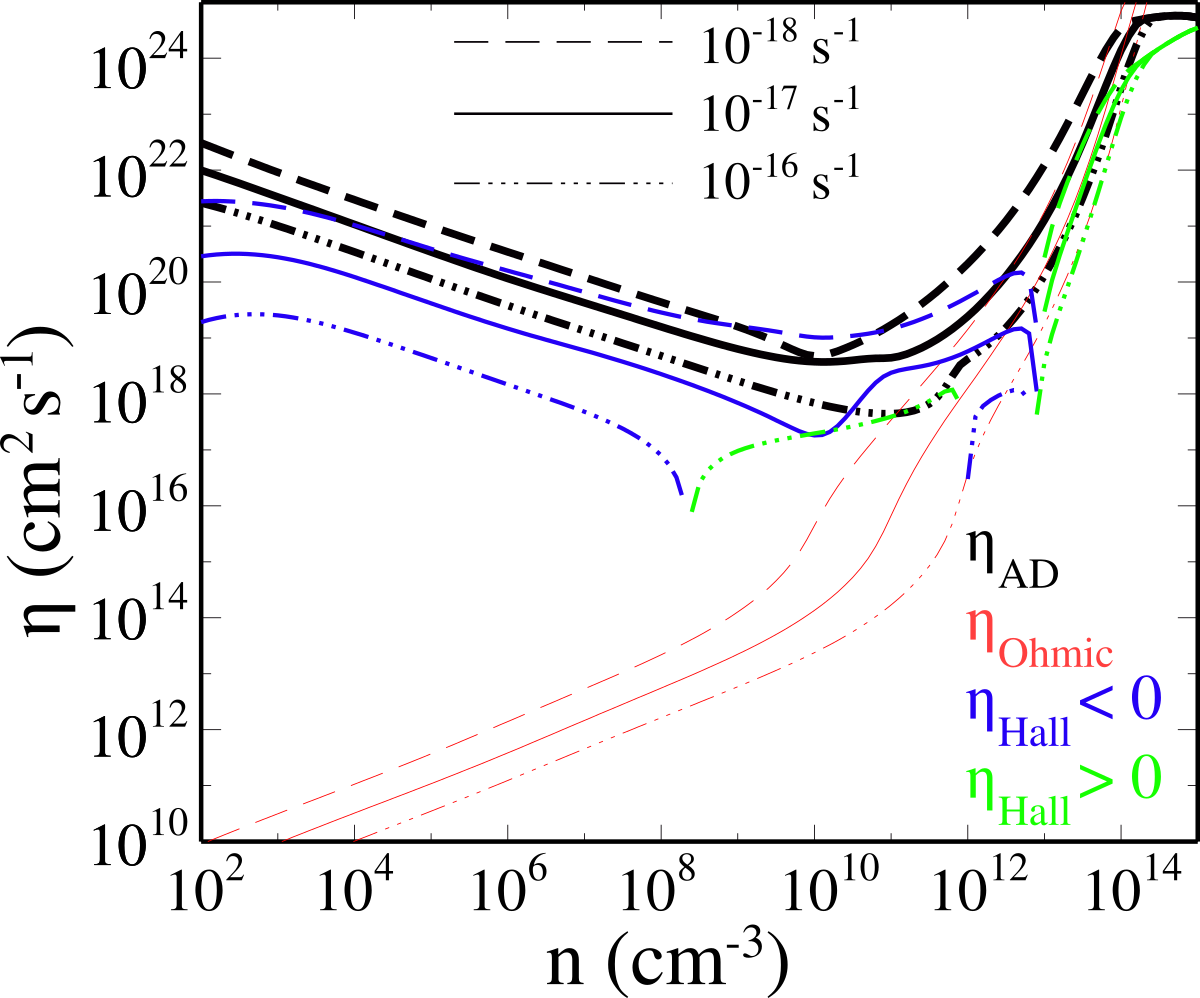
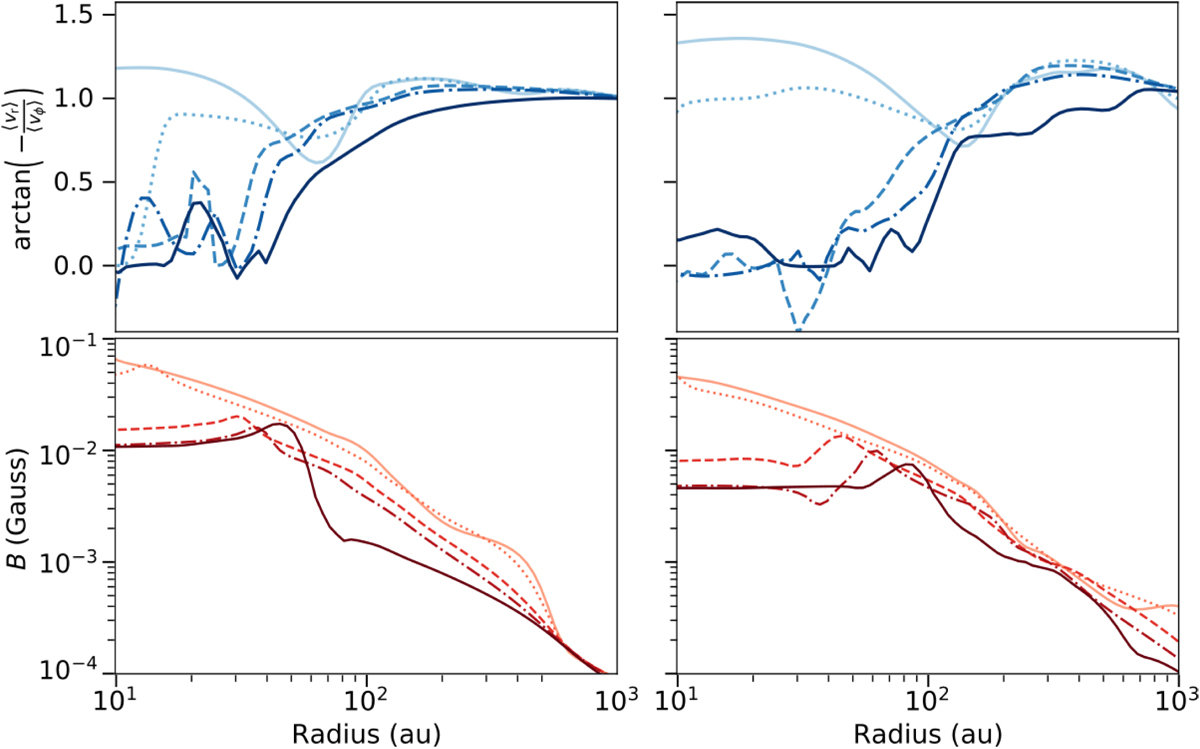

rotation
infall
from light to dark colors: high to low ionization rates
see also Wurster et al. 2018
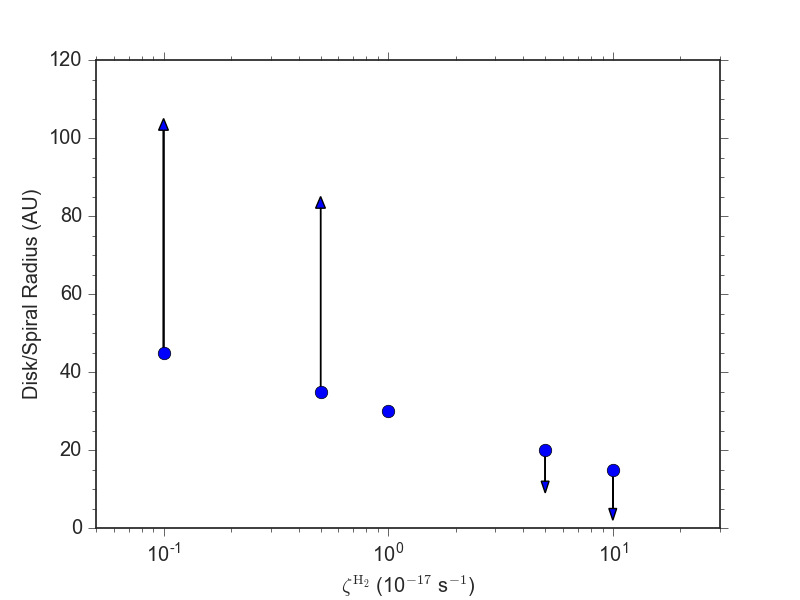
History of modeling disk formation




What about magnetic fields?
Help! Where is the disk?!
Ohmic, Ambipolar, Hall
Santos-Lima et al. 2012
Hydro
ideal MHD
non-ideal MHD
non-ideal MHD is not a single parameter that is turned on or off!
It depends on ionization fraction.
Achtung!
see Wurster et al. 2018, Kuffmeier et al. 2020; reviews by Tsukamoto et al. 2023, Kuffmeier submitted
History of modeling disk formation



What about magnetic fields?
Help! Where is the disk?!
Santos-Lima et al. 2012
Hydro
ideal MHD
Magnetic braking catastrophe
Angular momentum is transported too efficiently away from the disk
magnetohydrodynamics
ideal MHD
Ohmic dissipation
Hall
ambipolar diffusion
Non-ideal
Non-ideal MHD

Masson et al. 2016
resistivities quench pile-up of magnetic field
avoids magnetic braking catastrophe
see Hennebelle et al. 2016 or Lee et al. 2021 for analytical studies
more references in reviews by Wurster & Li 2018, Tsukamoto et al. 2023 and Küffmeier 2024
History of modeling disk formation




Help! Where is the disk?!
Ohmic, Ambipolar, Hall
Santos-Lima et al. 2012
Hydro
ideal MHD
non-ideal MHD
non-ideal MHD is not a single parameter
Attenta!
What about magnetic fields?
depends on cosmic-ray ionization rate!
for pioneering work see Galli & Shu 1993 a/b
Effect of ionization on disk size

Küffmeier, Zhao & Caselli 2020; see also Wurster et al. 2018
increasing ionization rate
enhanced magnetic braking
smaller disks
Effect of ionization on disk size
increasing ionization rate
enhanced magnetic braking
smaller disks

Maps of CR-ionization rates (e.g., NGC 1333 Pineda et al. 2024, or AG 351 & AG 354 Sabatini et al. 2023)
Küffmeier, Zhao & Caselli 2020; see also Kobayashi et al. 2023





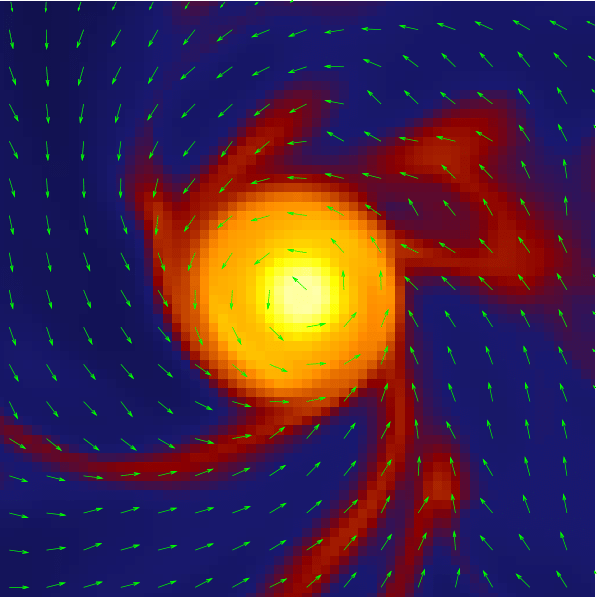

What about magnetic fields?
Help! Where is the disk?!
Ohmic, Ambipolar, Hall
Turbulence
Santos-Lima et al. 2012
Hydro
ideal MHD
non-ideal MHD
turbulence + MHD
History of modeling disk formation
for more references, see reviews (e.g., Wurster & Li 2018, Tsukamoto et al. 2023, Küffmeier 2024)





What about magnetic fields?
Help! Where is the disk?!
Ohmic, Ambipolar, Hall
Turbulence
Santos-Lima et al. 2012
Hydro
ideal MHD
non-ideal MHD
turbulence + MHD
Other effect: dust
dust growth weakens magnetic braking => larger disks
Zhao et al. 2018, Marchand et al. 2020
dust-rich disks from collapse
"ash-fall" scenario
Tsukamoto et al. 2021
Lebreuilly et al. 2020
dust accumulates
History of modeling disk formation
Revisiting star-disk formation from a Giant Molecular Cloud perspective
Is this the full picture?
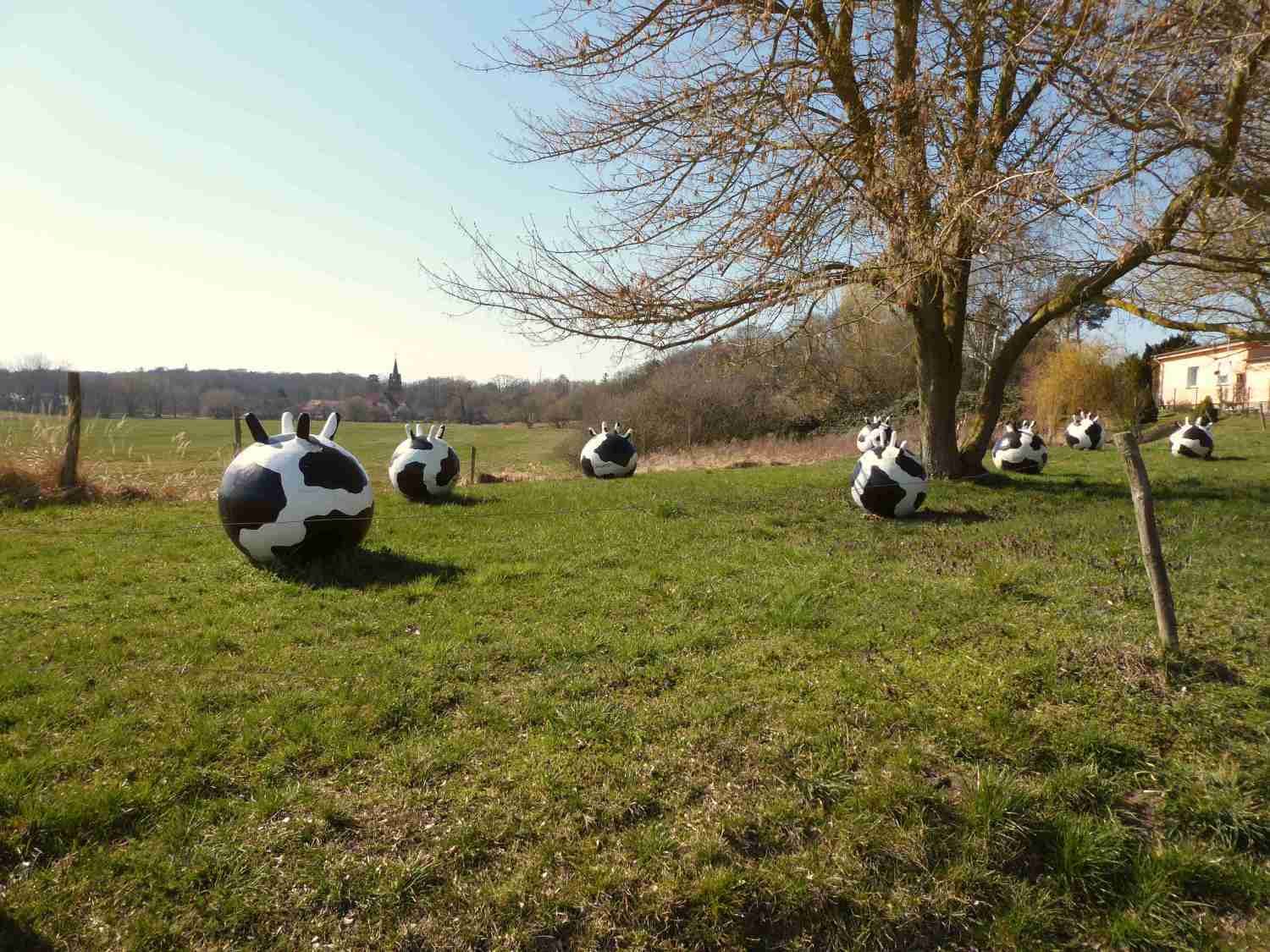
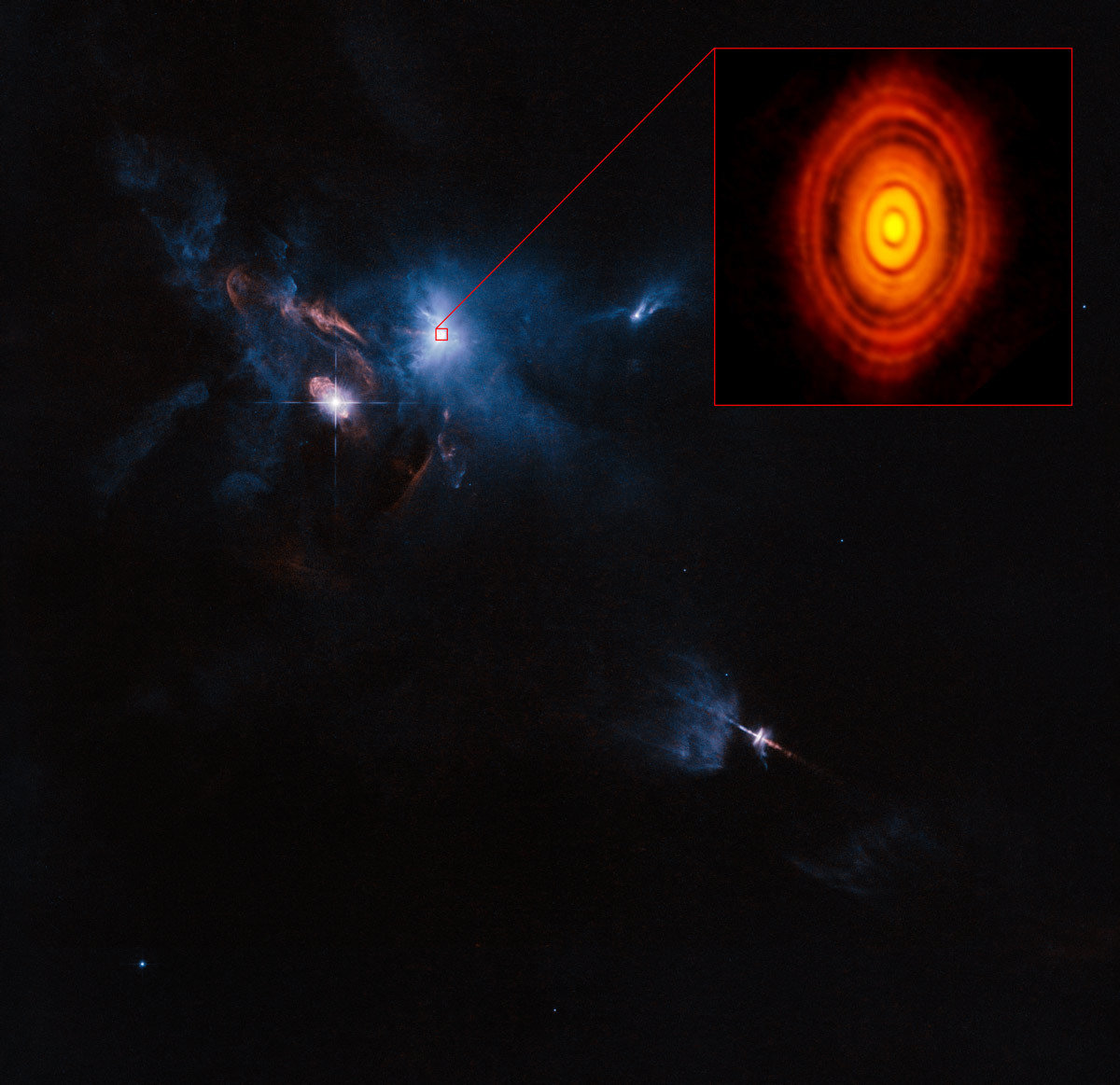
Credit: ALMA (ESO/NAOJ/NRAO)
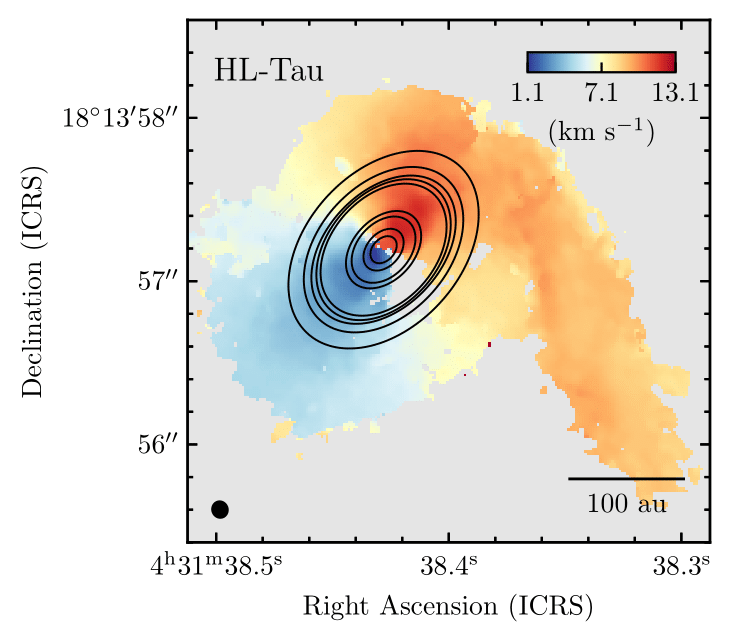
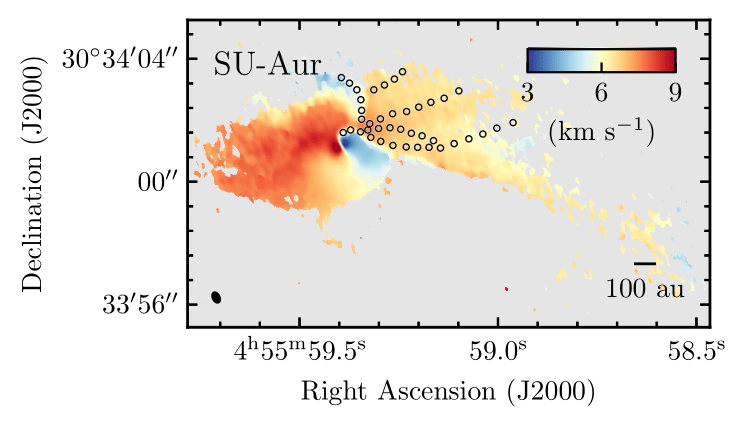
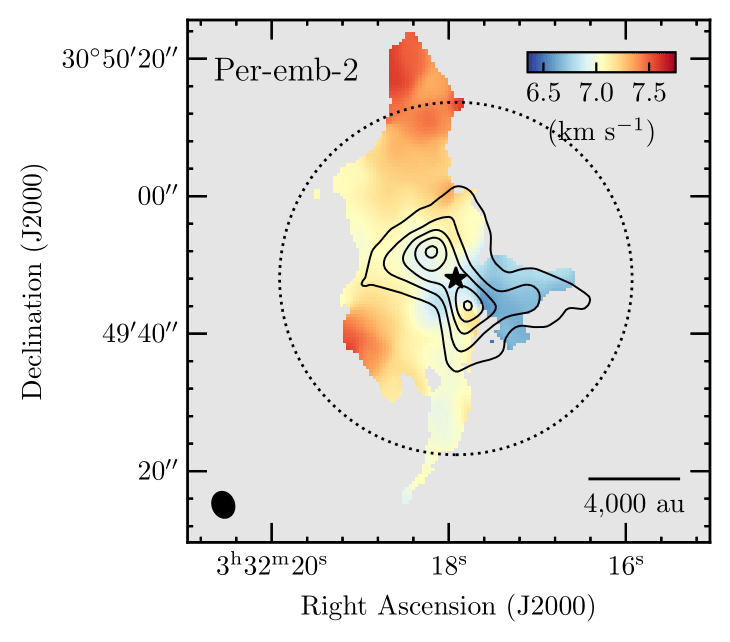
Ginski et al. 2021
Yen et al. 2019
Garufi et al. 2021
Pineda et al. 2020
50 au
BHB1 (Alves et al. 2020), GM Aur (Huang et al. 2021), IRS 63 (Segura-Cox in prep.), AB Aur (Grady et al. 1999 / Fukagawa et al. 2004), M512 Grant et al. 2021, Gupta et al. 2024, Cacciapuoti et al. 2024) ...
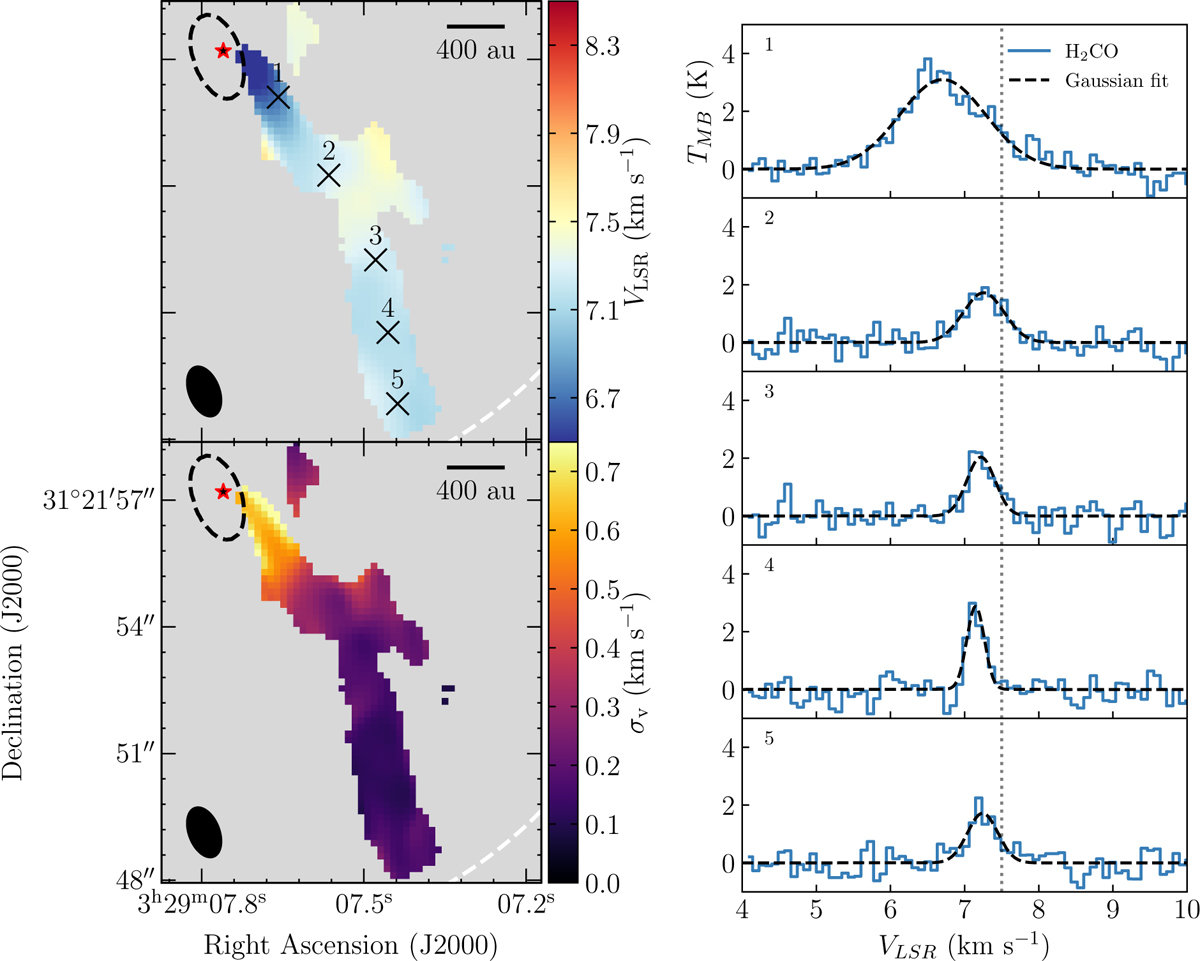
Per-emb-50
Valdivia-Mena et al. 2022
Science question:
Can we get better (statistical) constraints on the relevance and importance of (late) infall from existing simulation data?
Streamers:
Model star formation in a Molecular Cloud
isothermal magnetohydrodynamical (MHD) with driven turbulence
adaptive mesh refinement (AMR) simulations with RAMSES
maximum resolution: ≈25 au (level of refinement: 15), root grid about ≈1600 au (level 9)
Total mass: 3000 solar masses
periodic boundary conditions
altogether 321 sink particles at last snapshot (2 Myr after the formation of the first star)

simulation setup including detailed description of sink recipe presented in Haugbølle+2018
Küffmeier, Jensen & Haugbølle '23
Late infall is common for stars
On average, even solar mass stars gain ~50 % of their final mass through accretion of initially unbound material
Note that some protostars still accrete after 1.2 Myr
Küffmeier, Jensen & Haugbølle '23
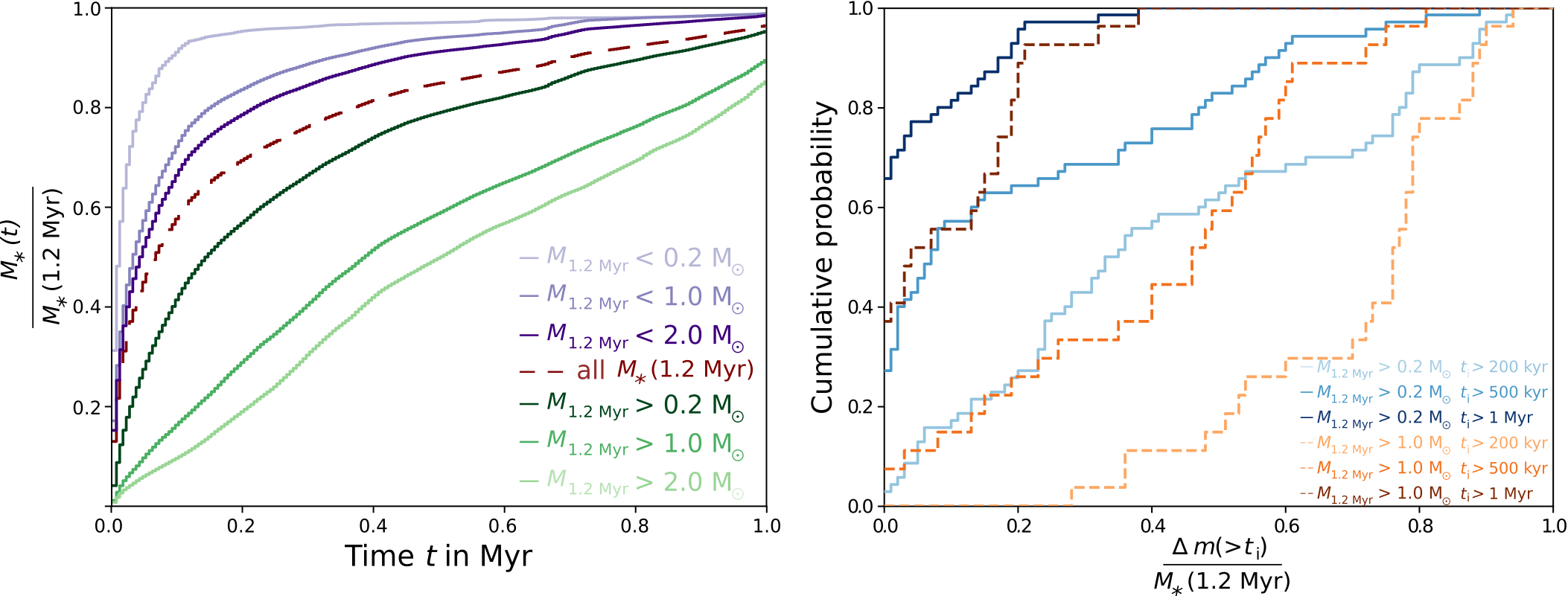
(Pelkonen et al. 2021)
Origin of accreting gas
Two phase process:
Initial collapse followed by varying amount of post-collapse infall
(see also Smith+ 2011, Kuznetsova et al. 2020, Pelkonen+ 2021)
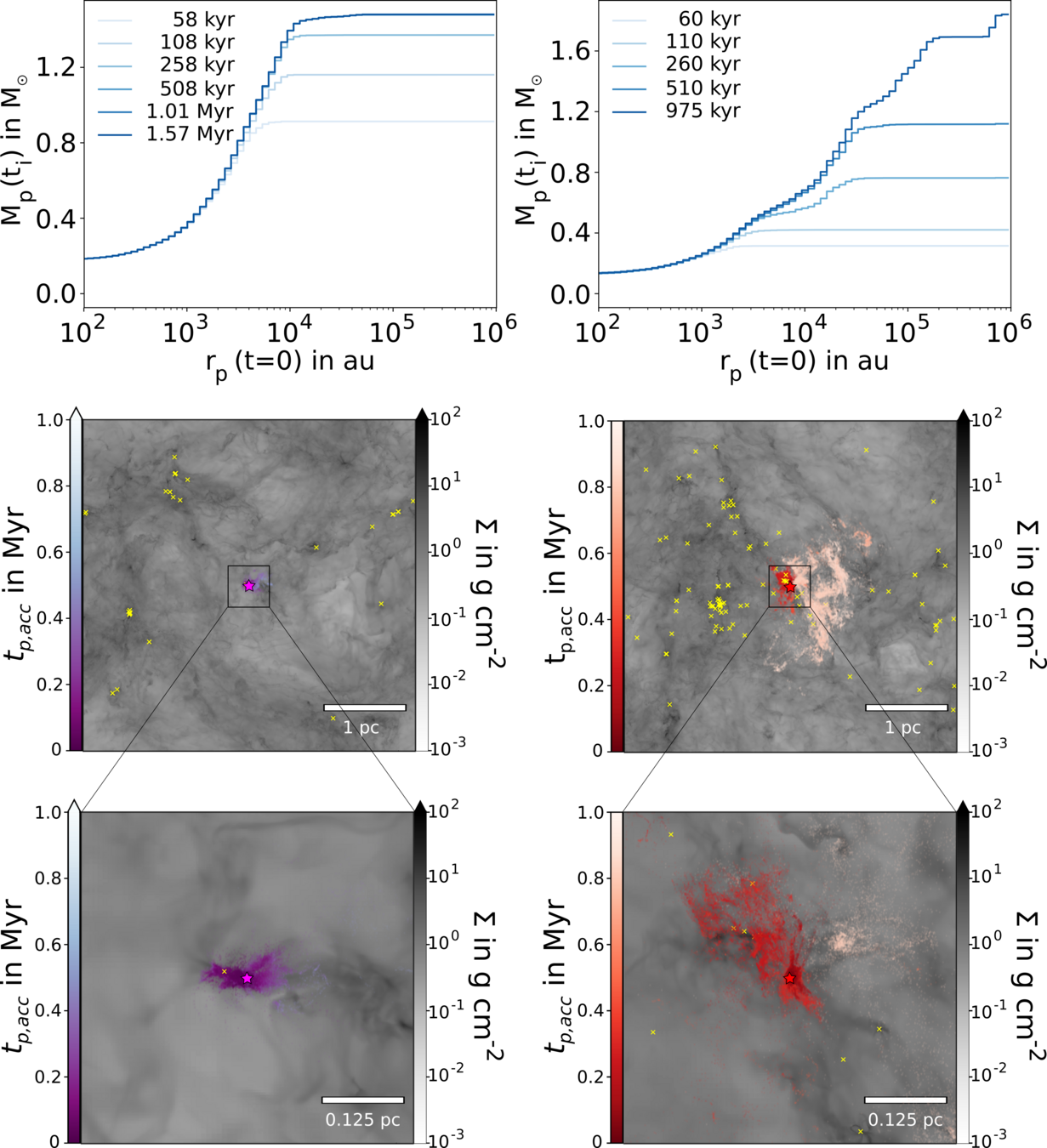

Küffmeier, Jensen & Haugbølle '23
Origin of accreting gas
"In the case of the more massive stars, accretion from the environment outside the original core volume is even more important than that from the core itself. [...]
The assumption of spherical symmetry cannot be applied to the majority of collapsing cores, and is never a good description of how stars accrete gas from outside the original core radius."
(Smith et al. 2011)
Implications of (late) infall
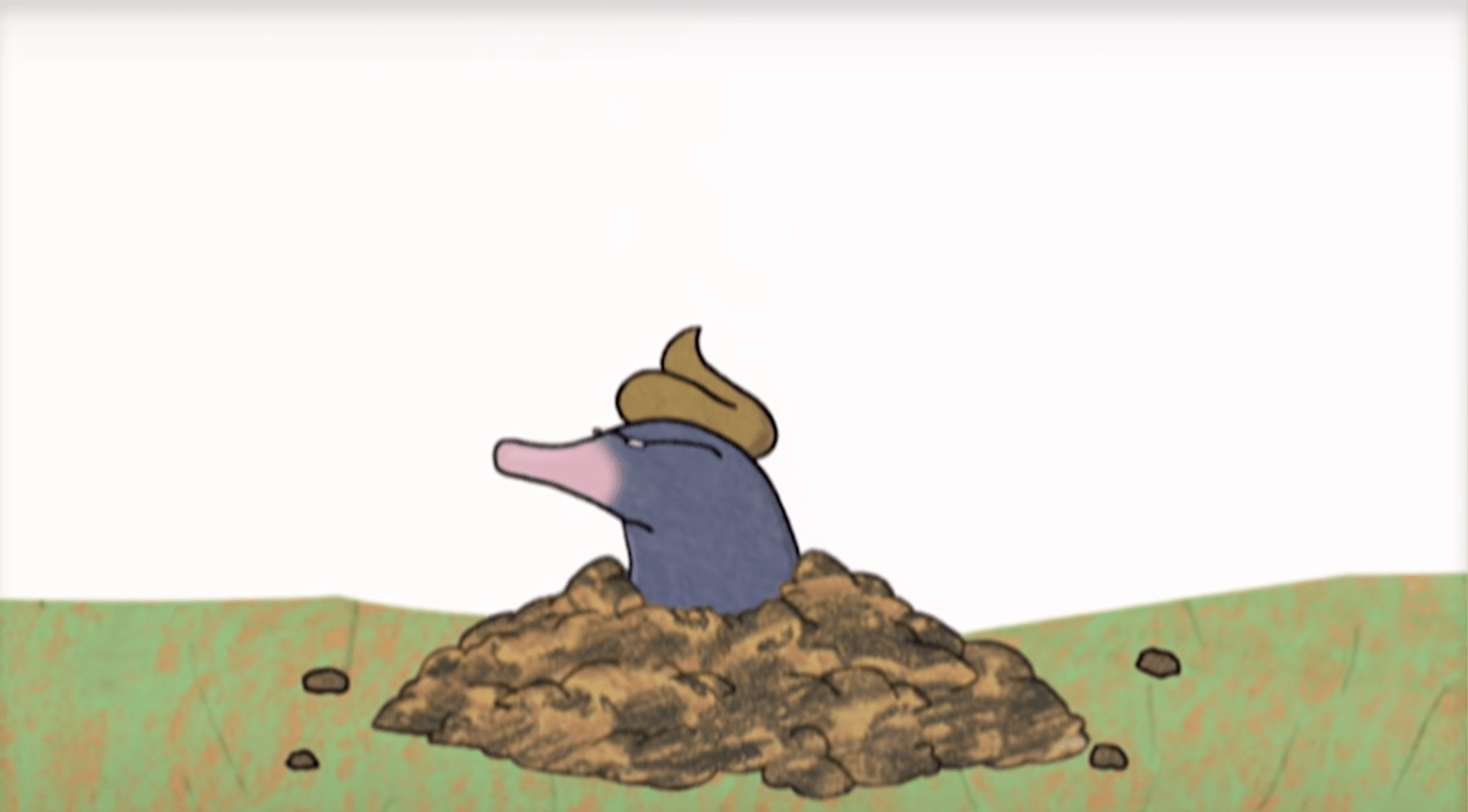
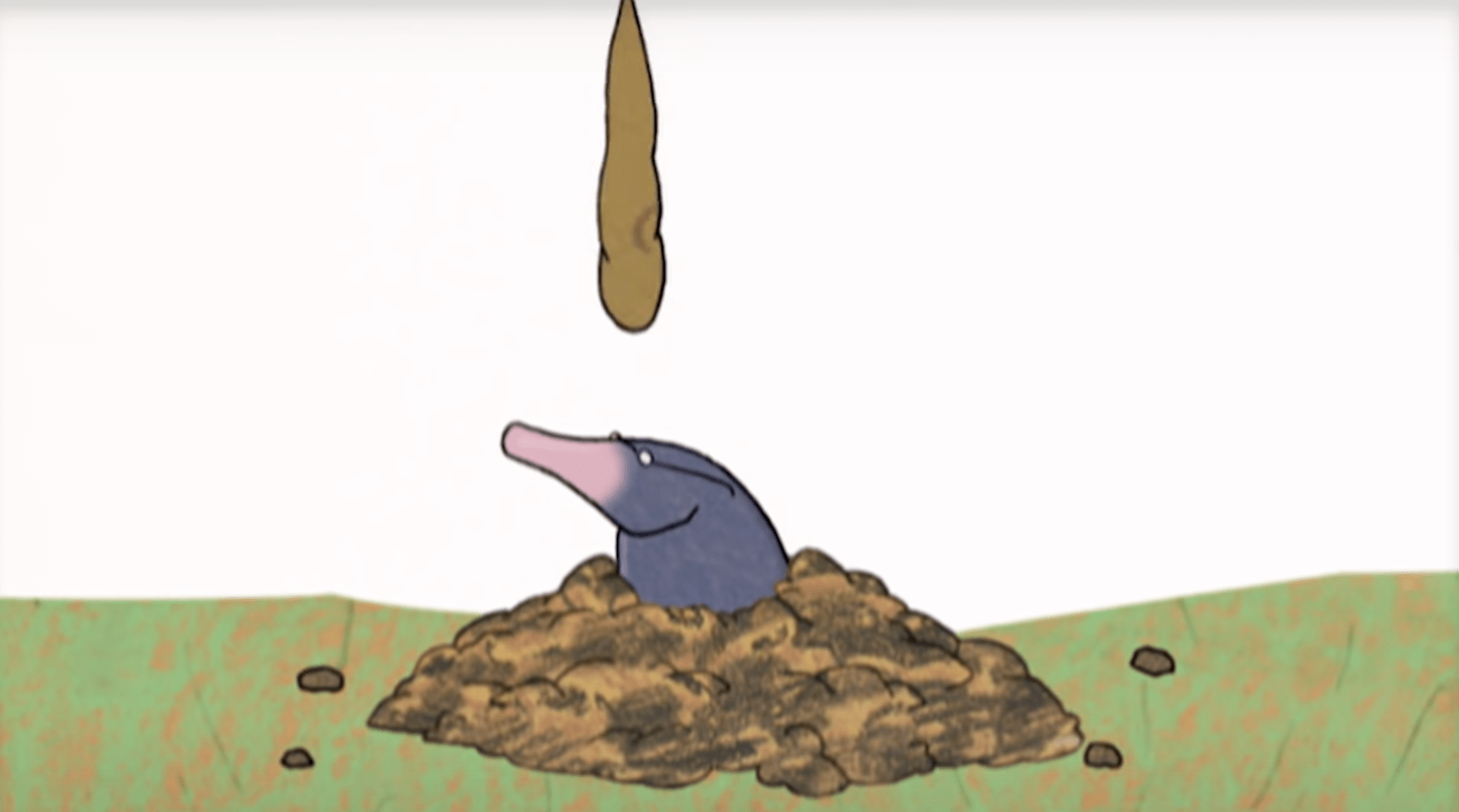

YSOs can appear younger than they really are
How old is the protostar?



Küffmeier, Jensen & Haugbølle '23
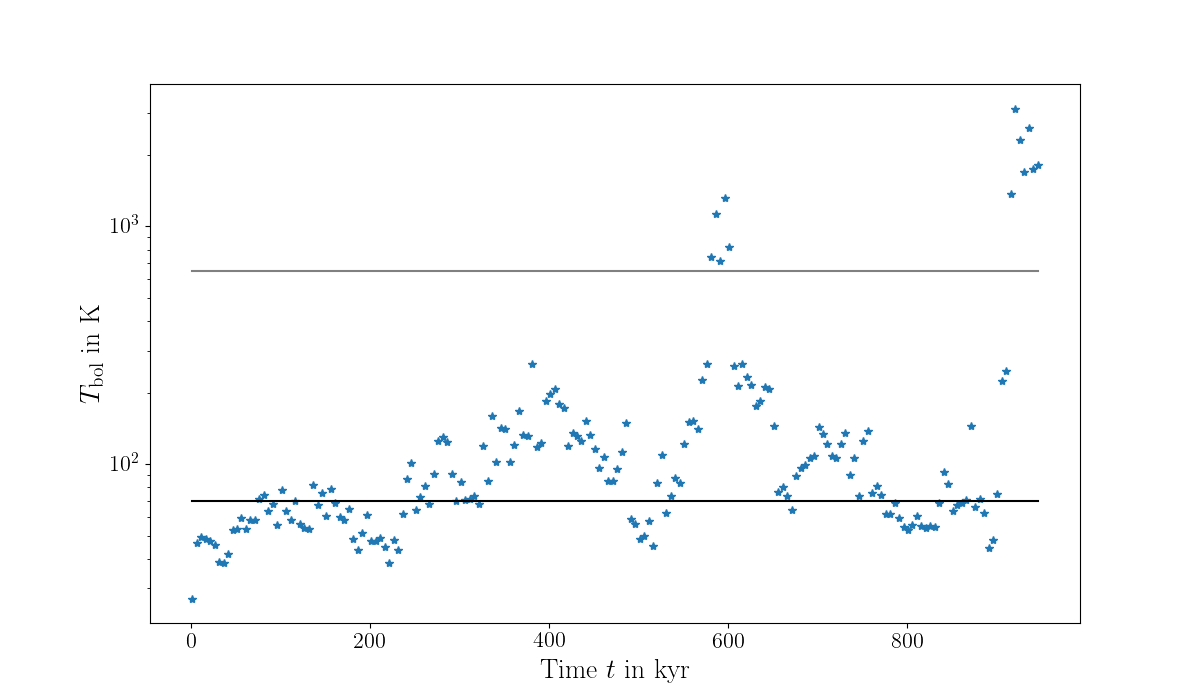
Class I
Class 0
Class II
Spreading vs wind-driven?
Manara et al. 2023
Attenta!
Infall matters. Disks can easily be wind-driven and yet grow in size through infall of gas with high angular momentum.

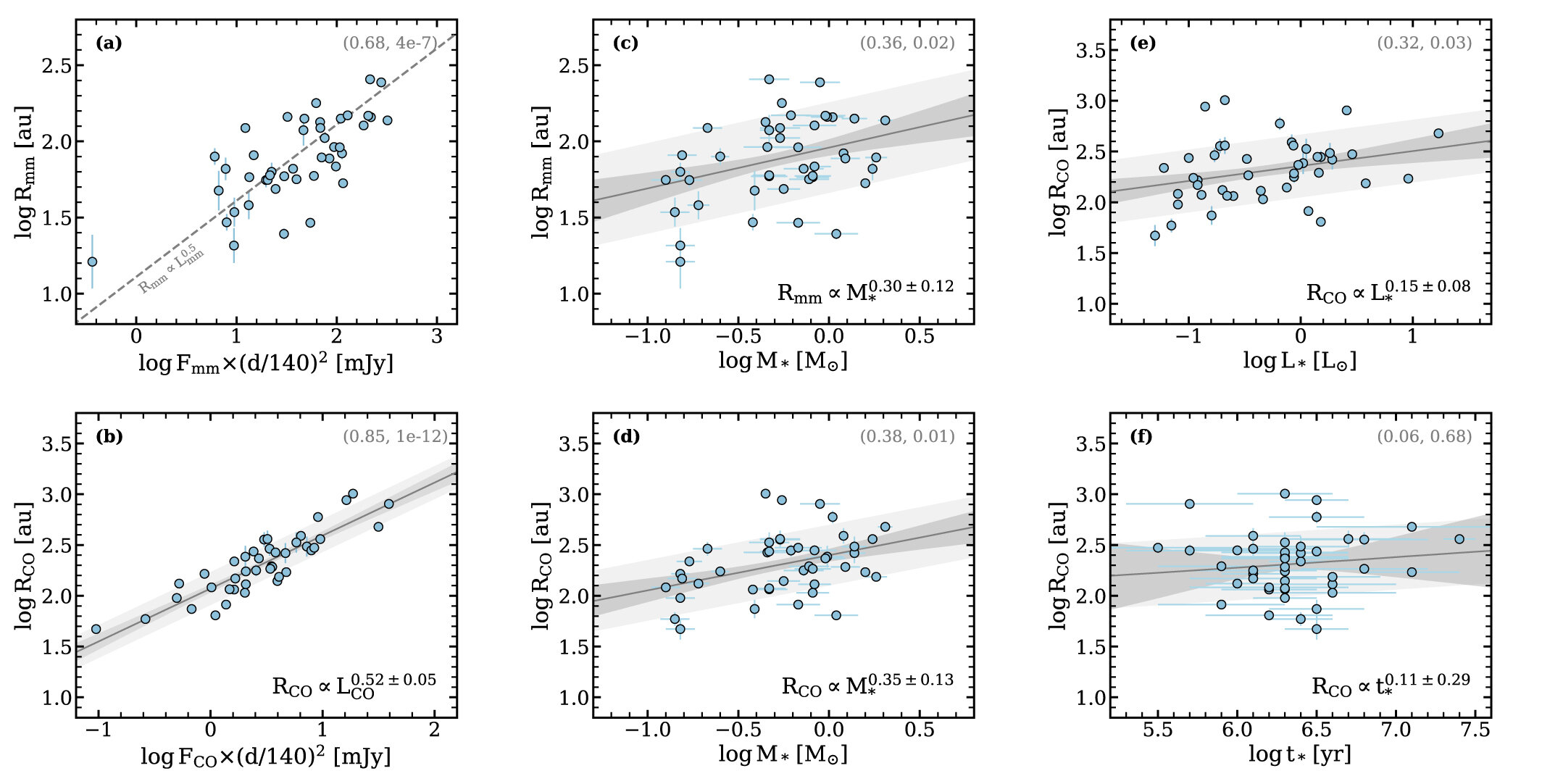
Long et al. 2022
?
Angular momentum budget
- Large scatter of ang. mom.
- Increasing specific angular momentum for increasing final stellar mass
Specific angular momentum computed from all accreting tracer particles at the first snapshot after star formation
- subtle correlation with mass (inherited by disks??)
"We find marginal relationships between disk sizes and M*." (Long+ 2022)
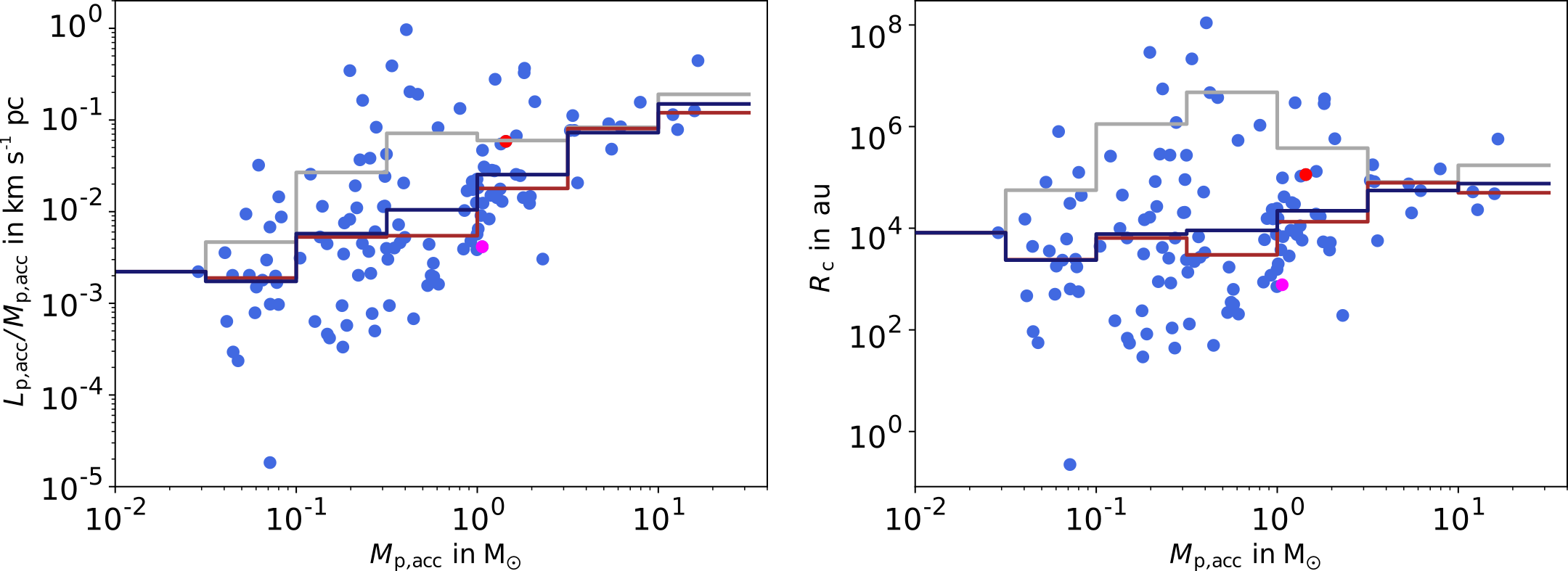
Küffmeier, Jensen & Haugbølle '23

Long et al. 2022
see also recent submission by Padon et al. 2024
On average, stars with increasing final mass undergo prolonged infall
Orientation of star-disk systems can change substantially

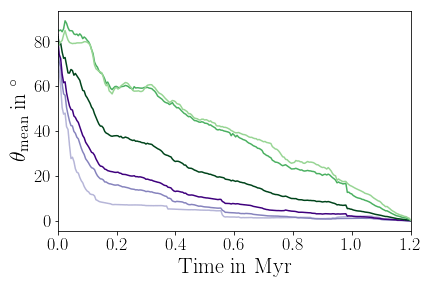
Orientation of infall
Küffmeier, Haugbølle, Pineda & Segura-Cox 2024
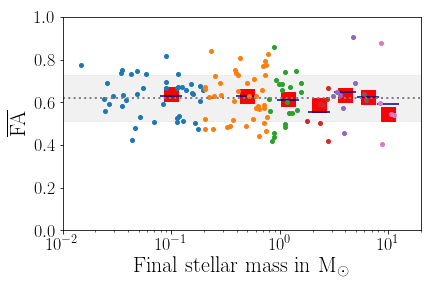

How to quantify anisotropy of accretion?
FA = 0: perfectly isotropic accretion
FA = 1: maximally anisotropic accretion
Küffmeier, Haugbølle, Pineda & Segura-Cox 2024
Fractional anisotropy based on tracer particles
Post-collapse infall is more anisotropic than initial collapse
Post-collapse accretion phase resembles Bondi-Hoyle
Post-collapse infall is more anisotropic than initial collapse
Anisotropic accretion
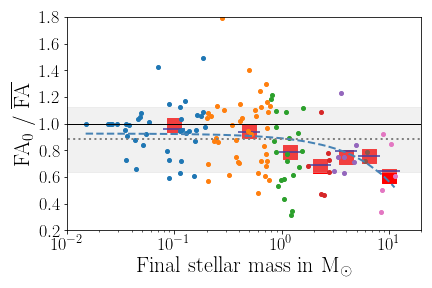
FA = 0: perfectly isotropic accretion
FA = 1: maximum anisotropic accretion

Küffmeier, Haugbølle, Pineda & Segura-Cox 2024
Late infall is more anisotropic than early collapse

Fractional anisotropy (FA) serves as a good measure for the (an-)isotropy of accretion.
FA=0: perfectly isotropic accretion, FA=1: maximally anisotropic

FA can also be a useful measure to compare (an)isotropy of stellar spins in clusters
Streamers (and shadows) as signs of infall
Formation of misaligned configuration
Observable as shadows in outer disk
Küffmeier, Dullemond, Reissl & Goicovic 2021

SU Aur (Ginski et al. 2021)
300 au
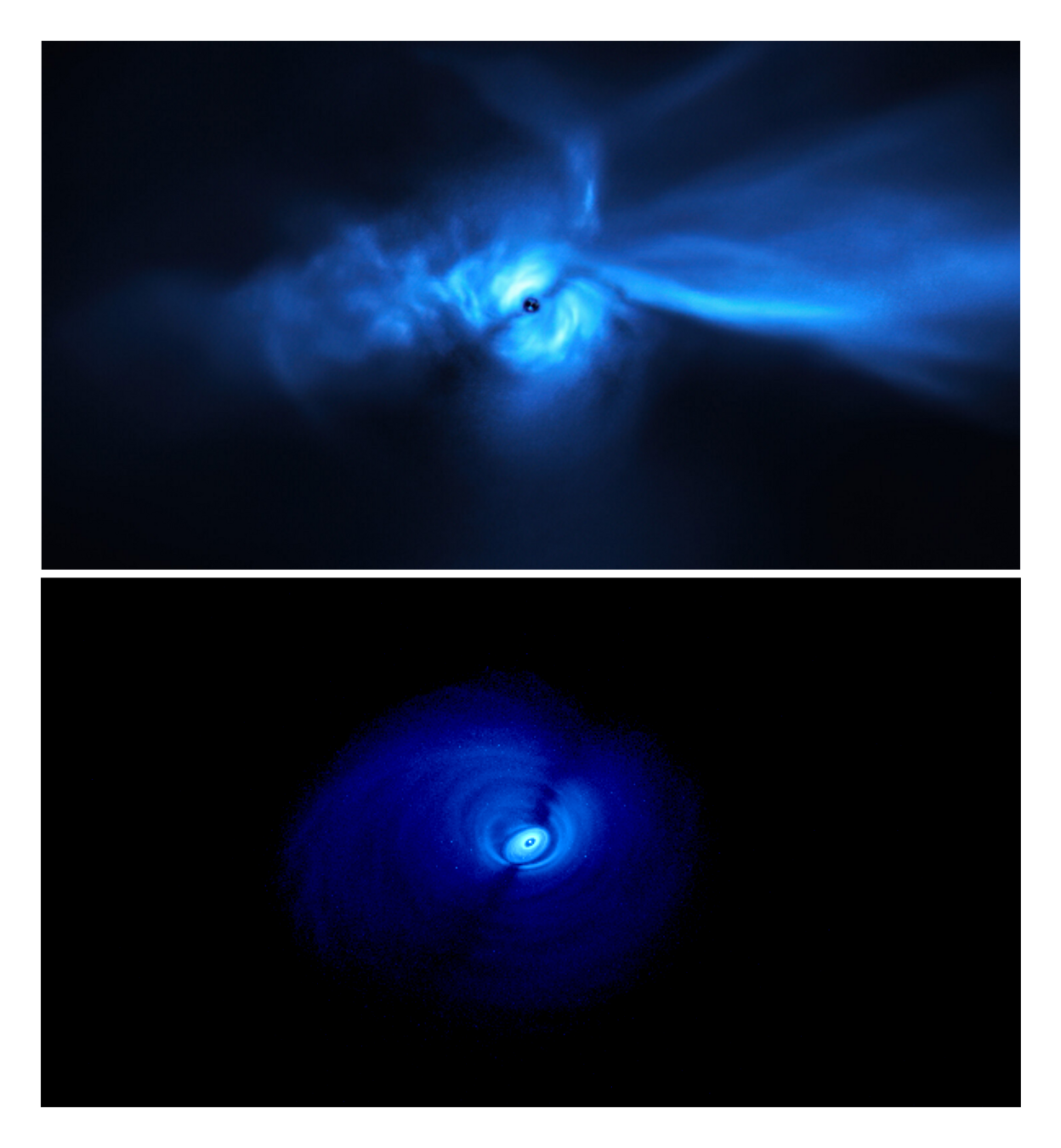
Krieger, Küffmeier et al. 2024
Do we really know disk "lifetimes"?

Polnitzky et al. 2024 in prep
Fraction reflecting occurrence of infall events instead of disk age?
Open questions and preliminary results

Credit: NASA/ESA Hubble space telescope &
ALMA (ESO/NAOJ/NRAO)
The big challenge:
link planet to star formation
50 au
Zoom-in on embedded stars

Küffmeier et al.
2019
Küffmeier et al. 2018
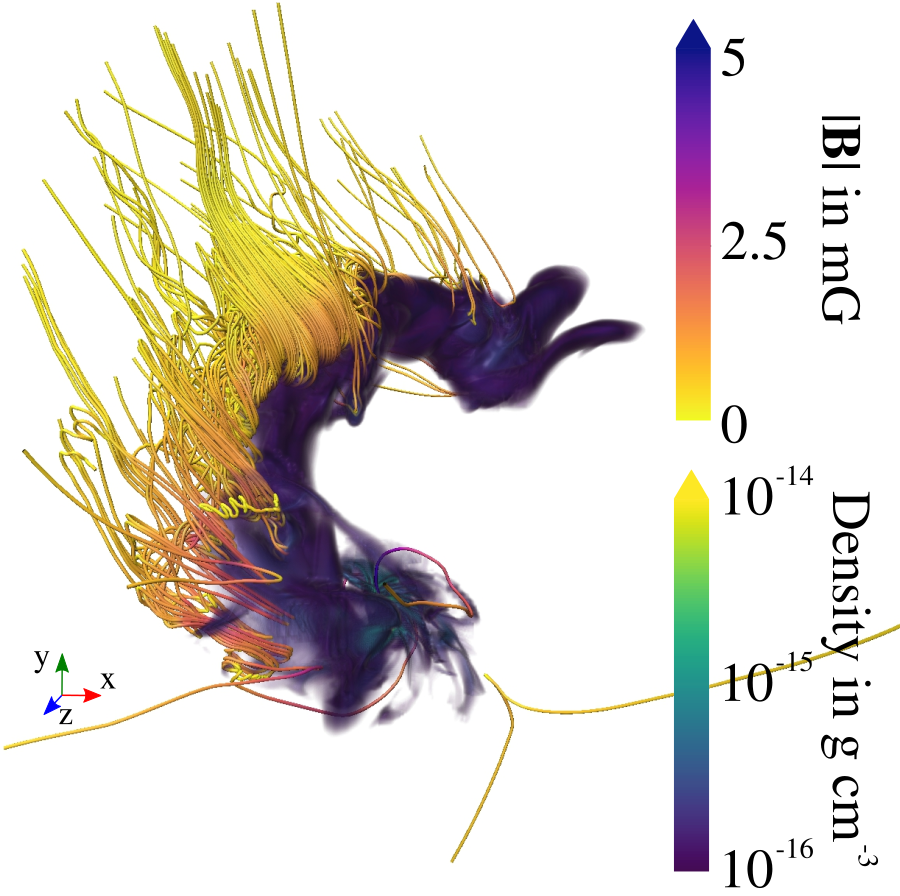
Küffmeier, Reißl et al. 2020
bridge structure similar to IRAS 16293--2422 (e.g. Sadavoy+ 2018, van der Wiel+ 2019, Maureira+ 2020)
~1500 AU
Pro: self-consistent initial and boundary conditions for star formation
Con: computationally more expensive, more difficult analysis

for a similar concept, see also Lebreuilly et al. 2024
Zoom-in simulations
Christian G. Holm

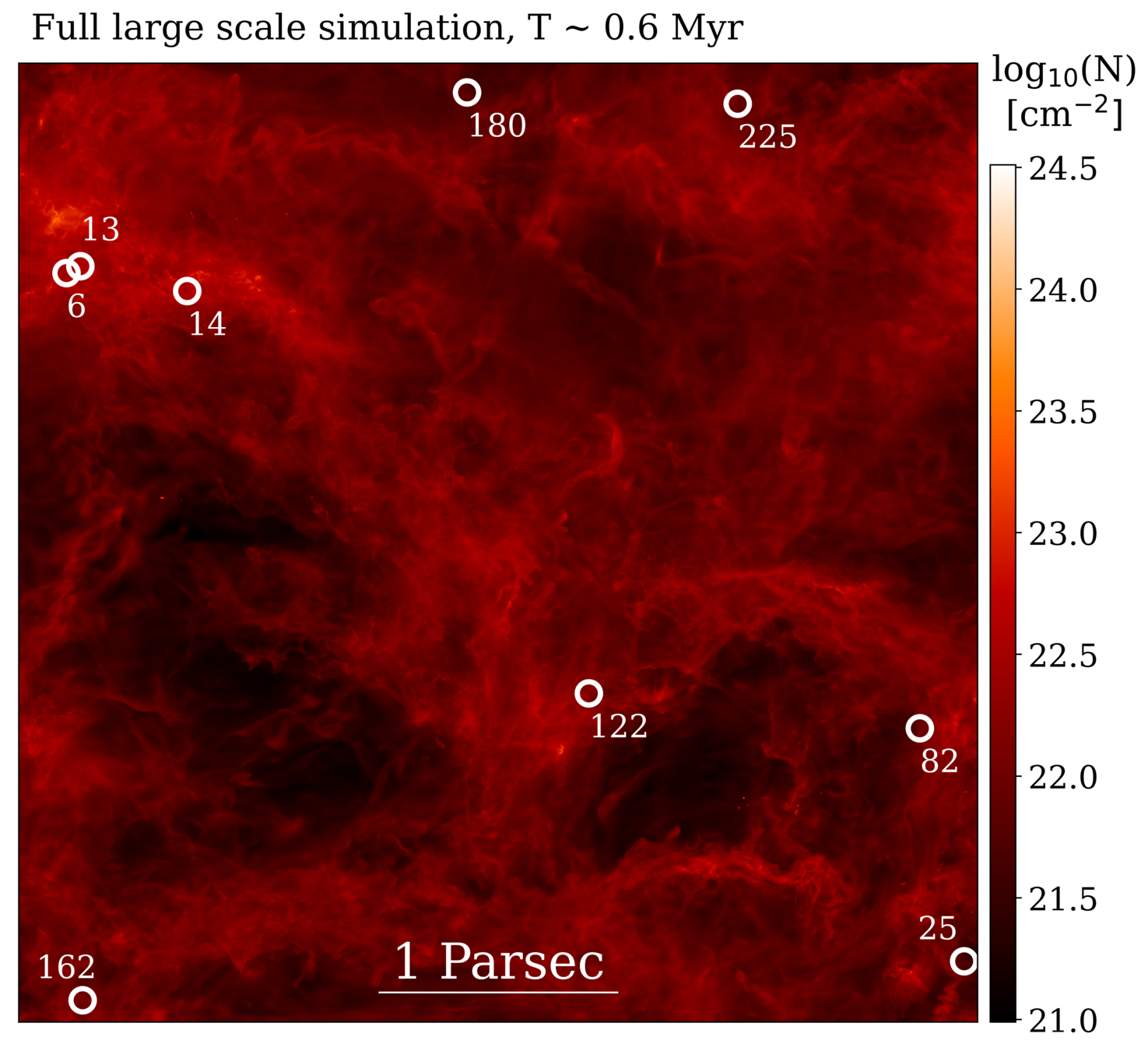
How does (early) infall shape disk formation?
Christian G. Holm

Zoom-in simulation*, ~1 au resolution in disk, barotropic equation of state
*(run with DISPATCH: used only 1 instead of 24 nodes, yet faster than RAMSES)

Young embedded disks
Christian G. Holm

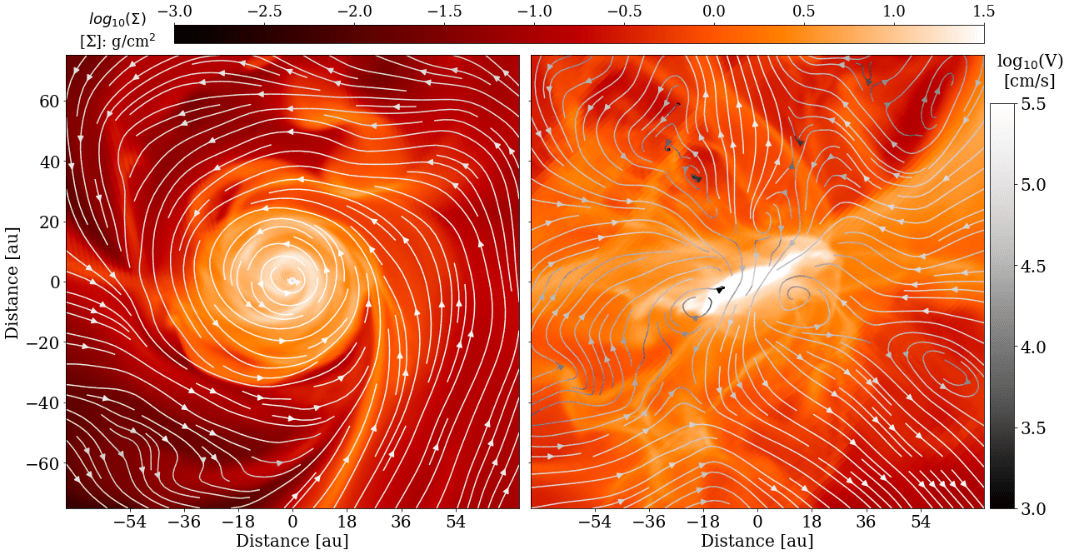
Zoom-in simulation*, ~1 au resolution in disk, barotropic equation of state
*(run with DISPATCH: used only 1 instead of 24 nodes, yet faster than RAMSES)
Christian G. Holm
Gas accretes through the disk (little polar accretion)

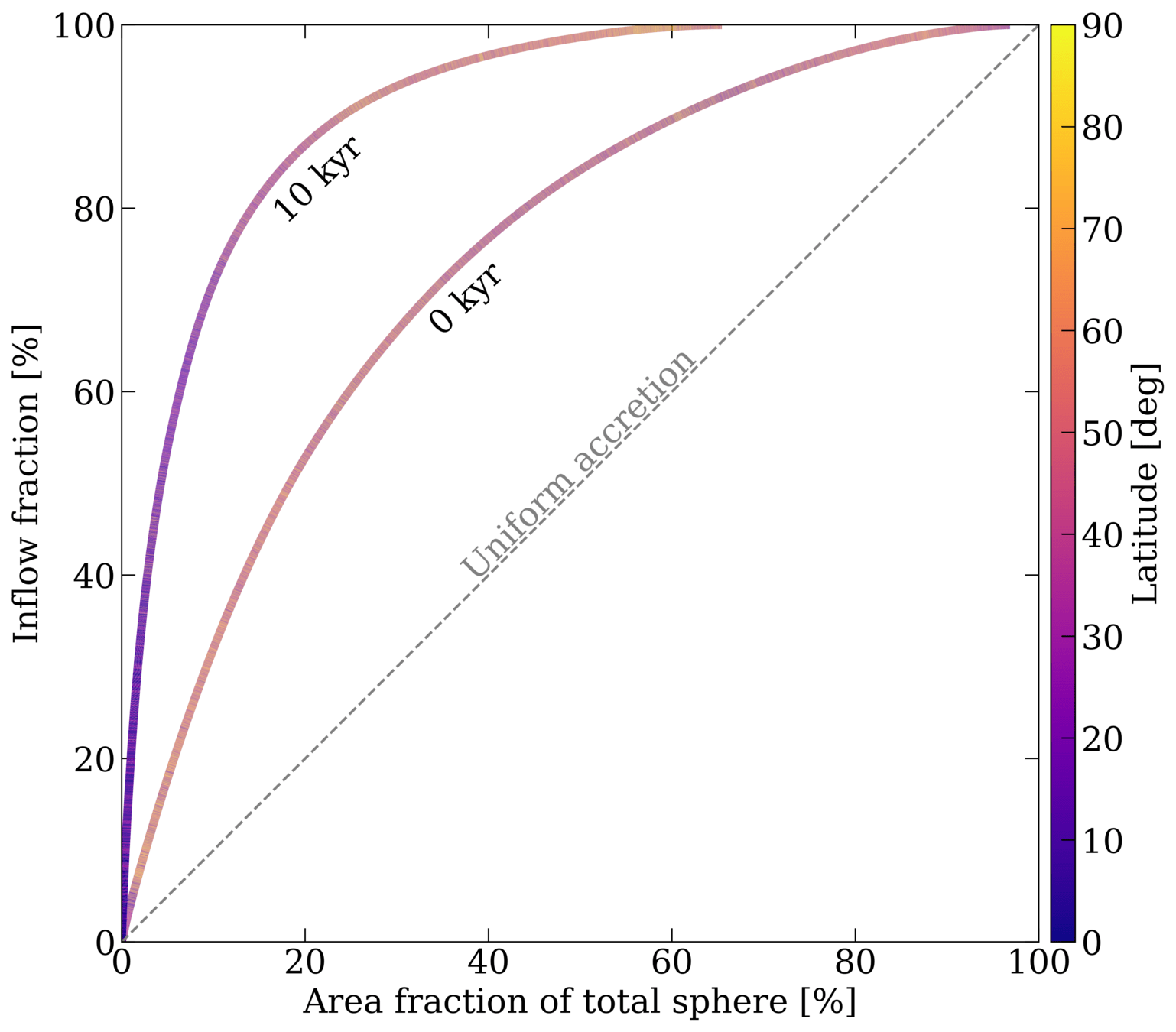
Christian G. Holm

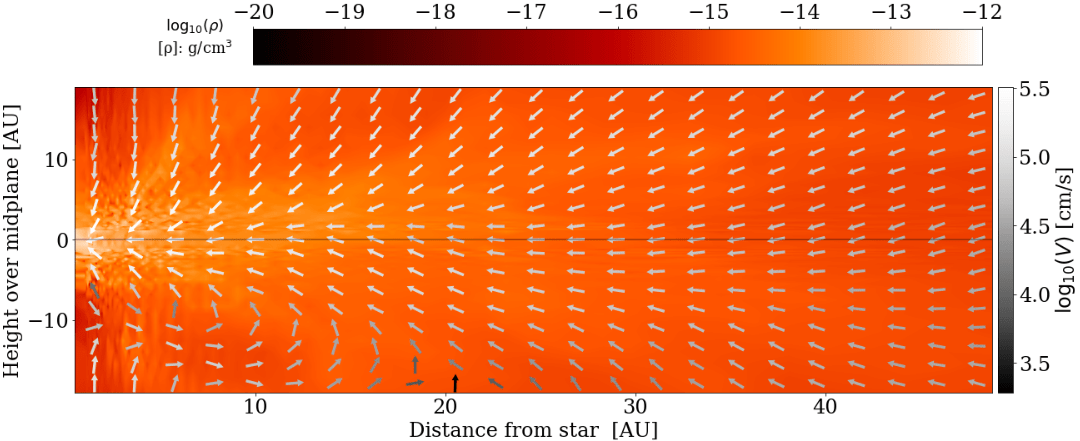
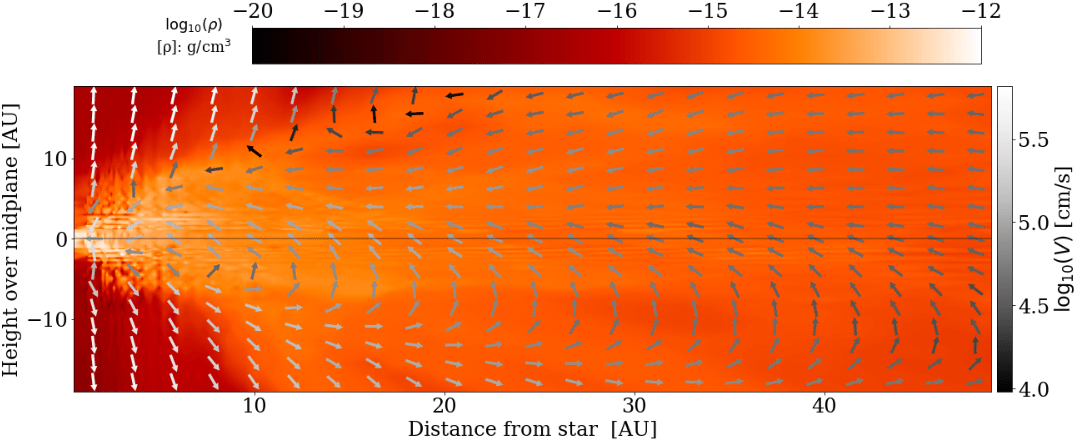
star A, t = 13 kyr
star A, t = 25 kyr
strong magnetic braking,
strong outflow
Gas accretes through the disk (little polar accretion)
Christian G. Holm
How do outflows affect disk formation?



star A, t = 13 kyr
star A, t = 25 kyr
strong magnetic braking,
strong outflow
Prospect to compare with observations of outflows (e.g., ALMA-DOT, PI: Podio)
What fraction of the gas and dust returns to the disk after being ejected by an outflow?
Key question
Credit: Tsukamoto et al. 2021
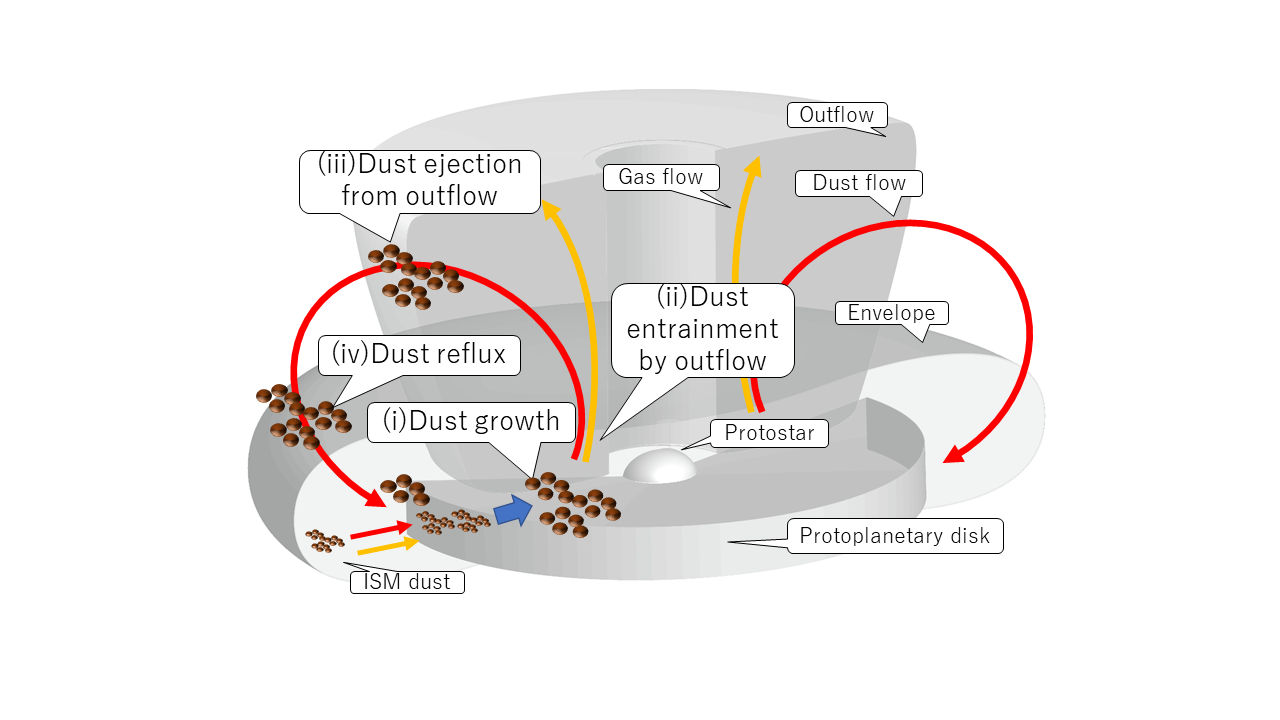
"Ash-fall" scenario aka conveyor belt
Increase in dust-to-gas ratio because dust can grow in disk and return
Tsukamoto et al. 2021
Simulations: Holm, Haugbølle
Visualizations: Berlok
- Is the disk solely replenished with fresh material?
- Does infall frequently lead to the formation of a new misaligned outer disk (and if yes, for how long)?
- Is (late) infall catastrophic? Does a completely new disk form?
Key questions to be addressed in upcoming work
Summary
Disks are replenished, distorted or even destroyed by misaligned infall
Protostellar environment matters
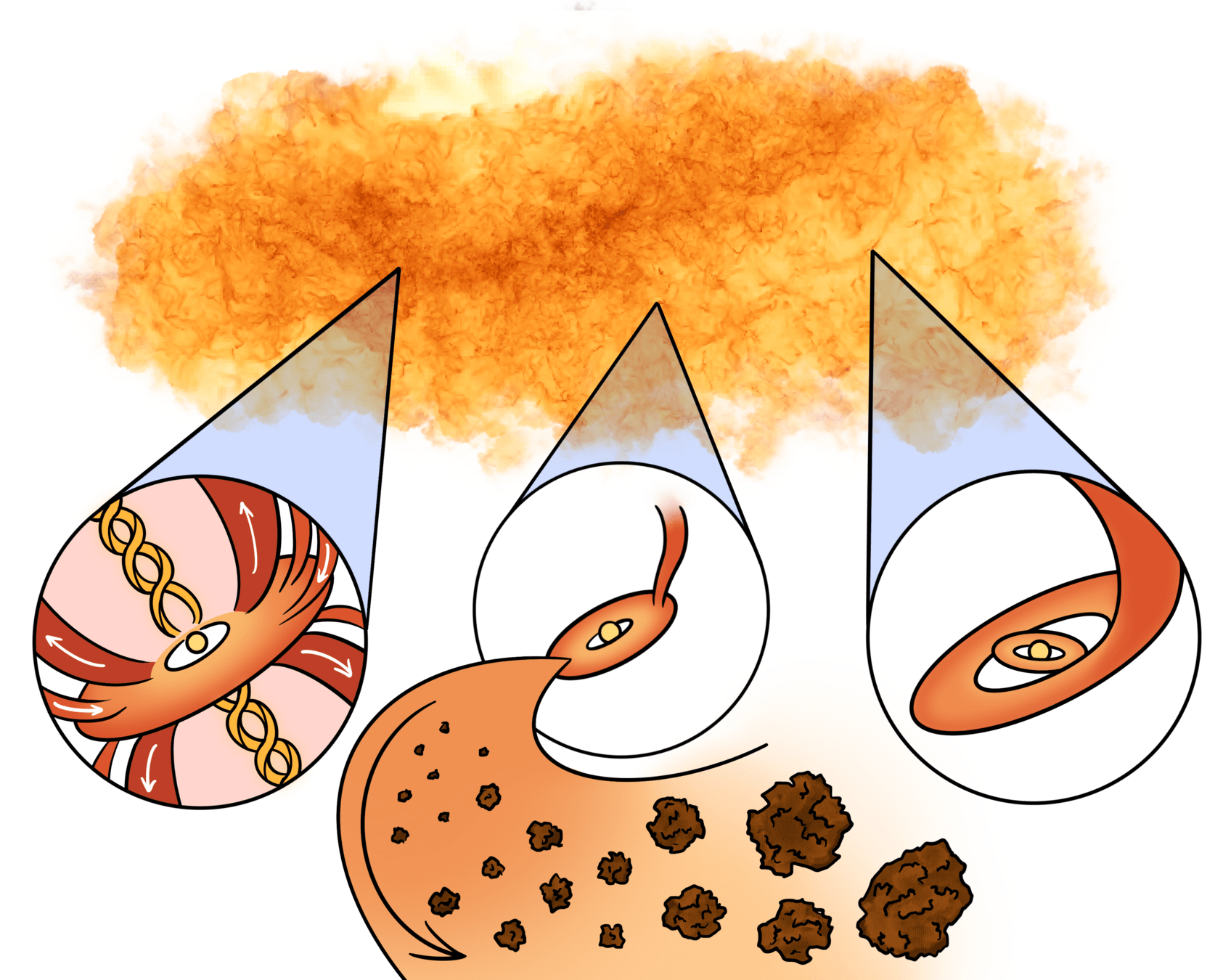
Star formation is a two-phase process consisting of mandatory initial collapse and post-collapse infall phase
Küffmeier 2024
Credit:
M. Lützen
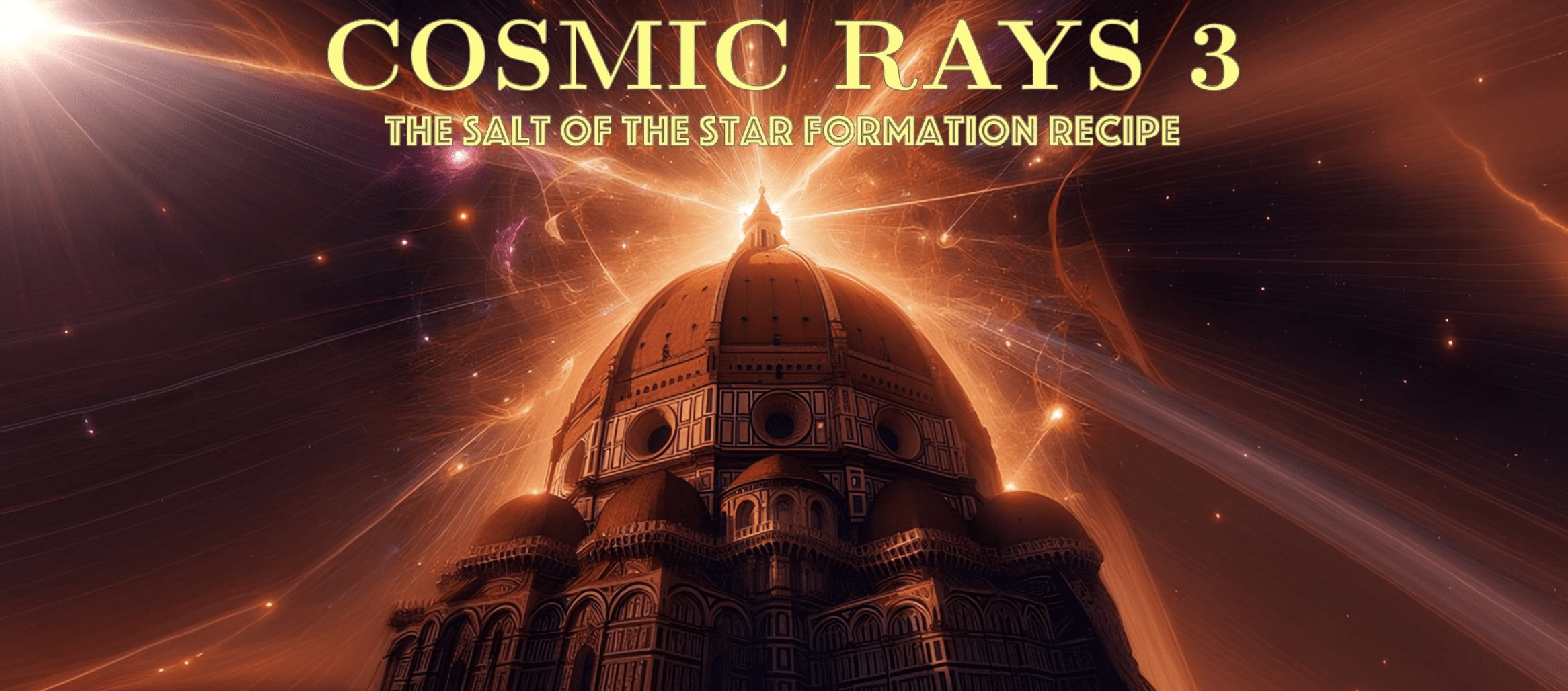
Implications for Al-26 heterogeneity
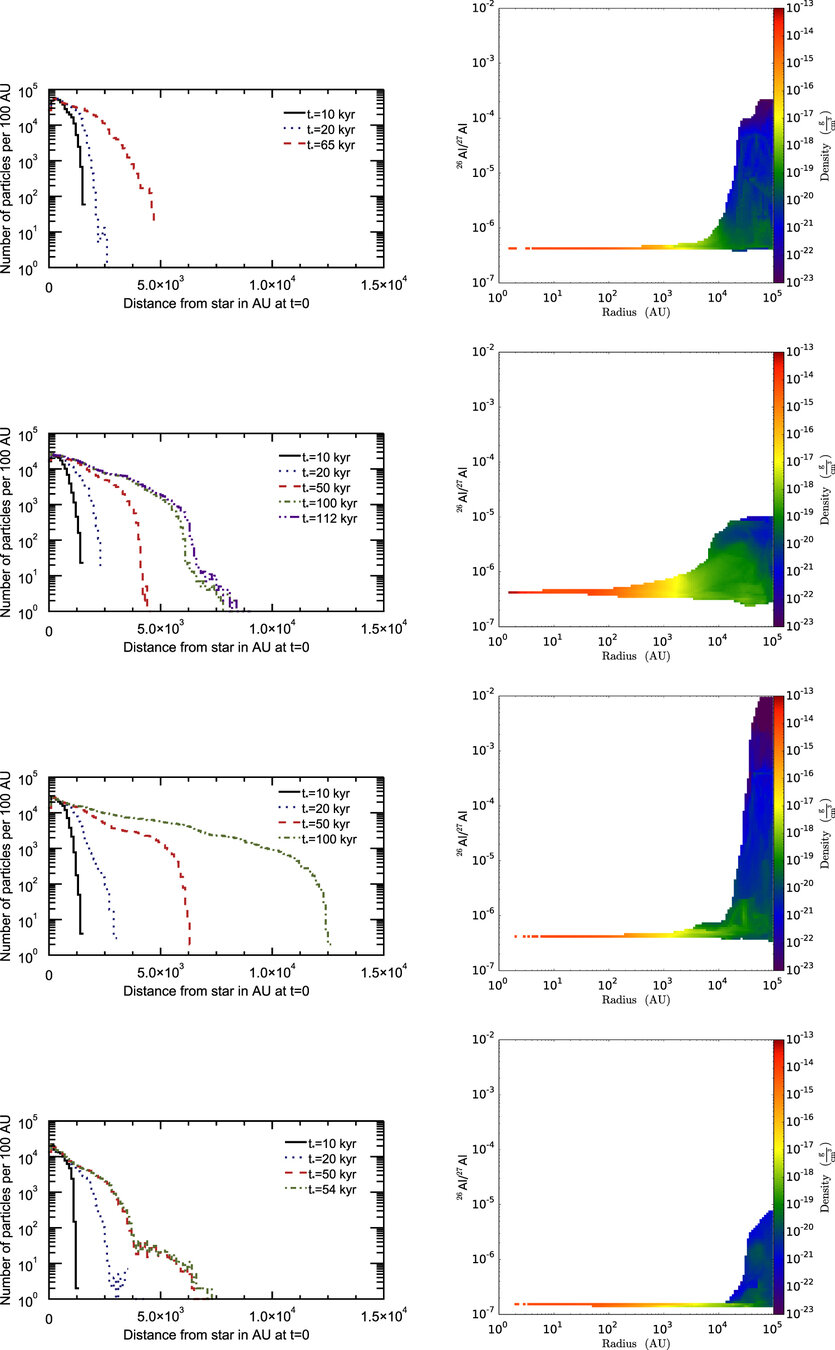
Küffmeier et al. 2016
- Gas is well-mixed within core, and hence Al-26 abundance is fixed during CAI formation (t<~100 kyr).
- BUT: significant deviations in Al-26 abundance beyond the core may likely be imprinted on disk afterwards!
Christian G. Holm
How do infall and outflow affect the disk?


Angular momentum transport via magnetic braking
Zoom-in on embedded protostars

Küffmeier, Calcutt & Kristensen 2019
bridge structure similar to IRAS 16293--2422 (e.g. Sadavoy+ 2018, van der Wiel+ 2019, Maureira+ 2020)

Küffmeier, Reißl et al. 2020
~1500 AU
Küffmeier et al. 2018
magnetohydrodynamics
ideal MHD
Ohmic dissipation
Hall
ambipolar diffusion
Non-ideal
Effect of ionization on disk size
increasing ionization rate
enhanced magnetic braking
smaller disks

see also Wurster et al. 2018
Küffmeier, Zhao & Caselli 2020